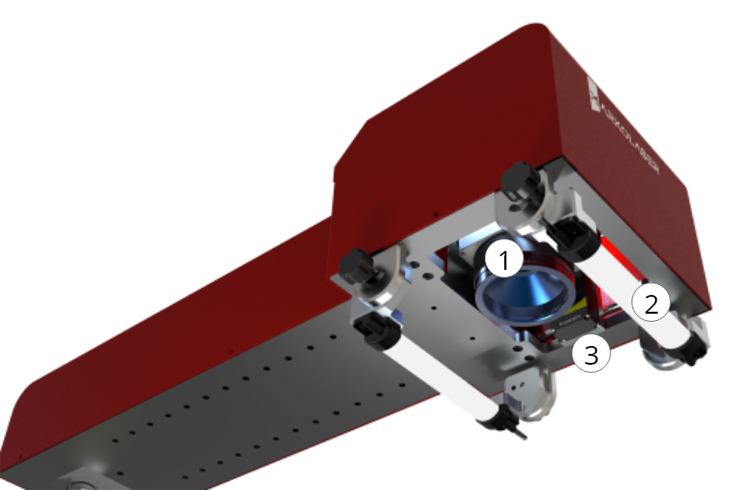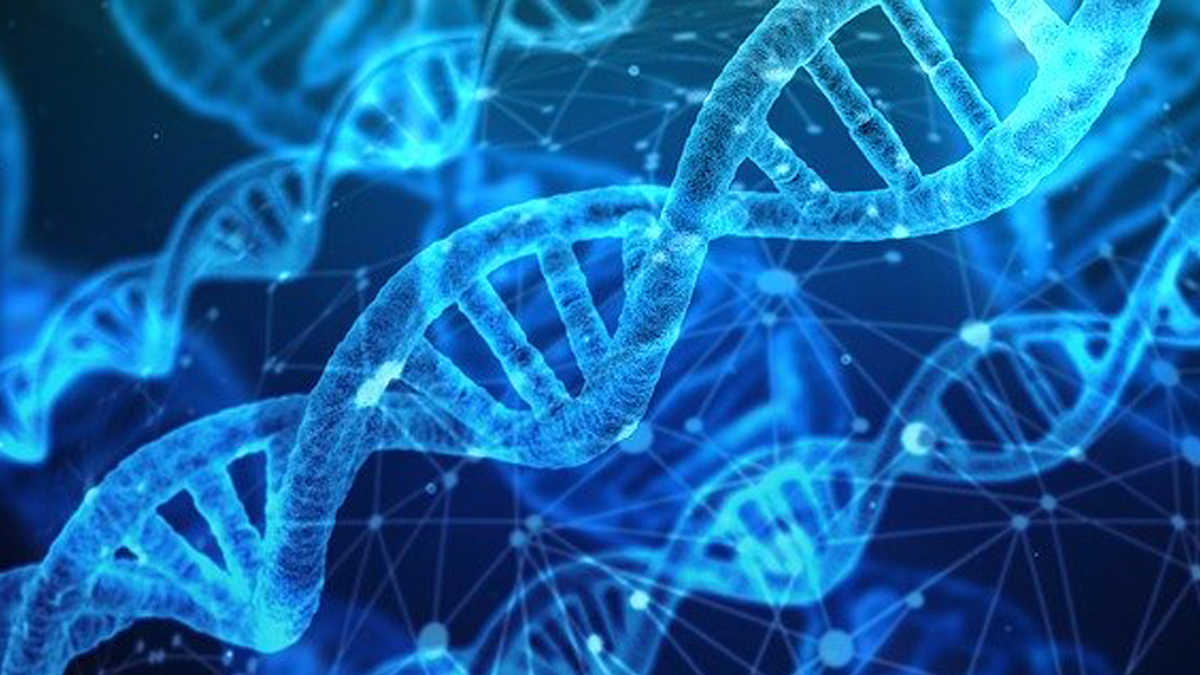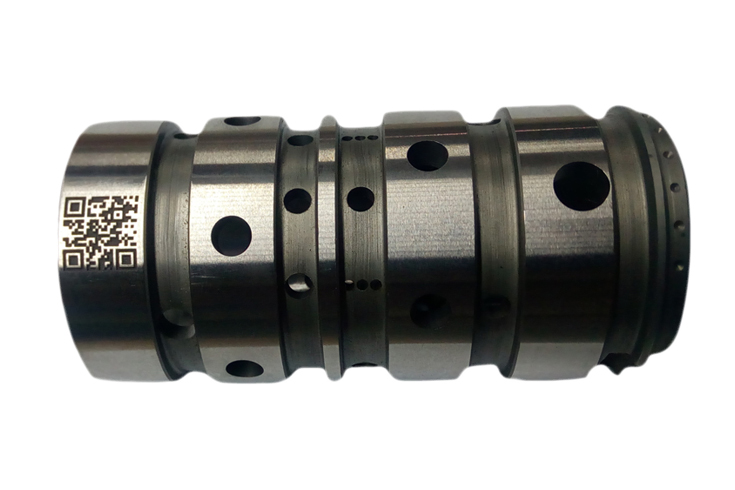Data Acquisition: Unstoppable, low cost and accurate or more precise sensors are the work-horses for intelligent/smart healthcare systems. Such Smart sensors can replace the current practice taking place in the clinical premises with continuous monitoring and analysis.
Continuously diminishing feature sizes, integrated circuits have reduced the physical dimensions and power consumption of on-chip sensing devices while offering impressive computational capability. Radio Frequency-based (RF-based) ambient sensors are working toward the measurement of multiple biomarkers such as respiration heartbeat and motion detection.
Data Communication: Low-delay, high-throughput, and low-power communication is an integral requirement of many smart healthcare applications. Two factors are crucial to the evolution of HIoT: (i) hierarchical network structuring (ii) and the maturity of Wireless Body Area Networks (WBANs)
Data Processing: Advances computation structure, such as Graphics Processing Units (GPUs), promise to substantially lower down then amount of time necessary to perform computations and calculations on acquired data. Furthermore, advances in data analytics and inference promise to extract information that can open the door to new cures for diseases and drastically improve diagnostic quality by providing superior decision support to healthcare professionals. ML algorithms have specifically made it feasible to predict the onset of fatal incidents such as seizures and heart attacks
Security and Privacy: Security and privacy considerations in smart healthcare systems have long been overshadowed by the design objectives of other system components. application-oriented services often trade off security and privacy considerations for shortened design time. However, the focus is returning to security and privacy in the wake of a surge in large scale cyberattacks targeting a vast range of IoT services. It is now evident that the lack of cybersecurity in different components. attacks. Researchers are constantly working to enhance the security of data acquisition (in areas such as countermeasures against physical attacks, side-channel attacks, and malicious firmware overrides and data processing (in areas such as cloud-oriented data privacy and security).




